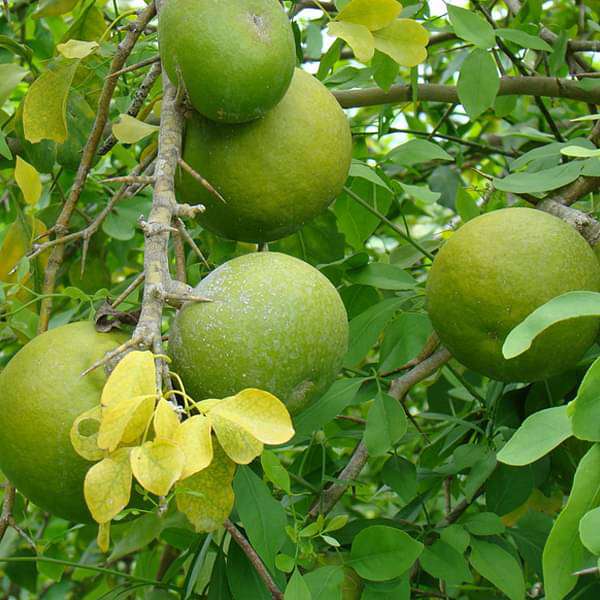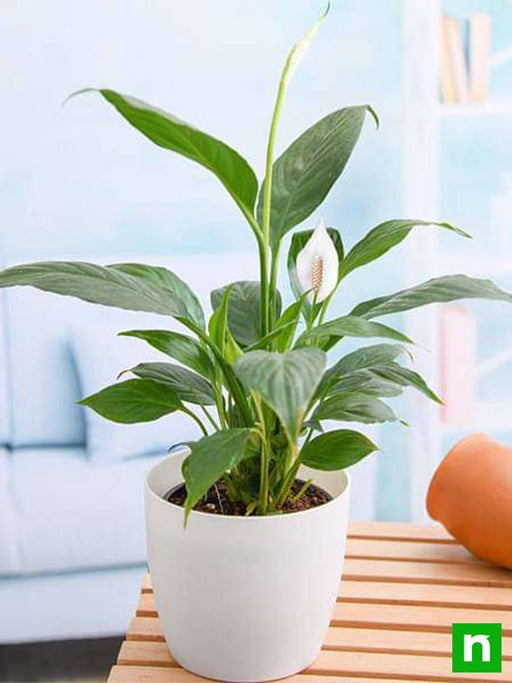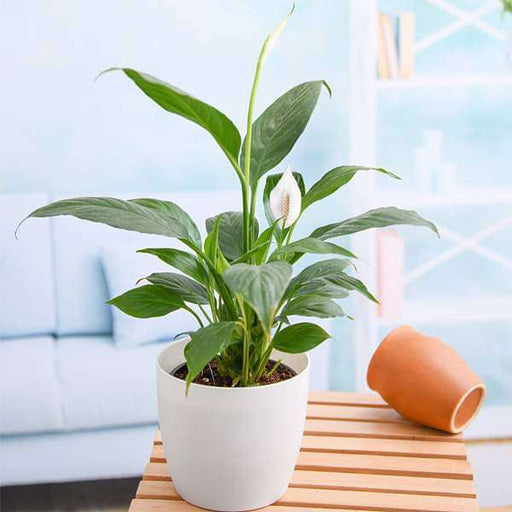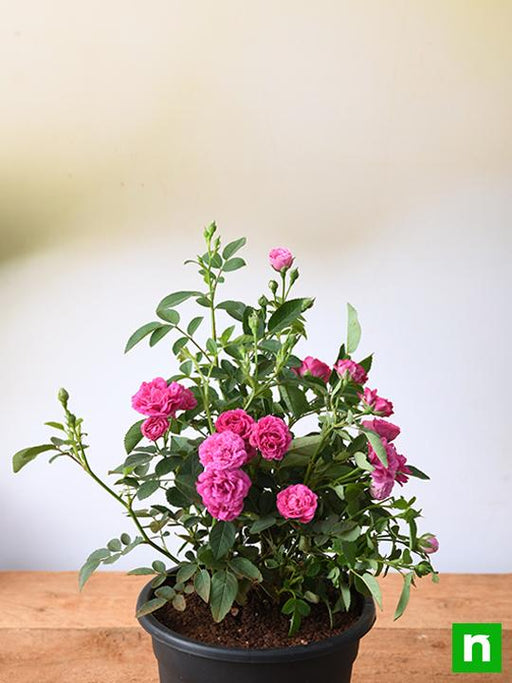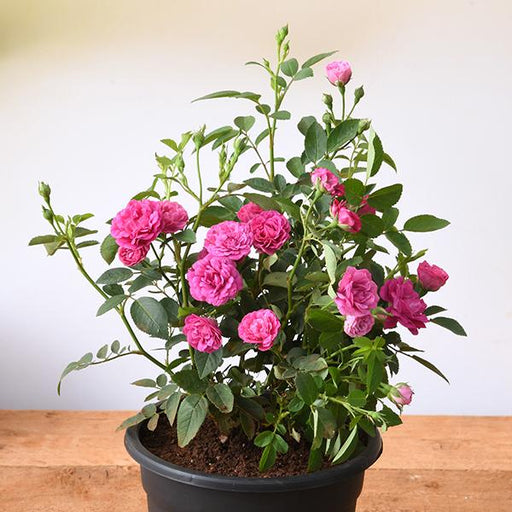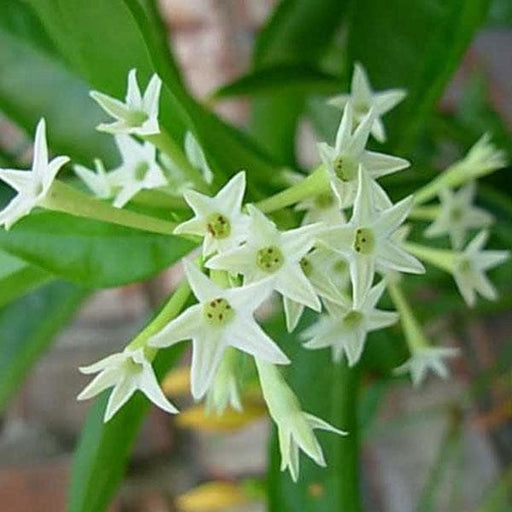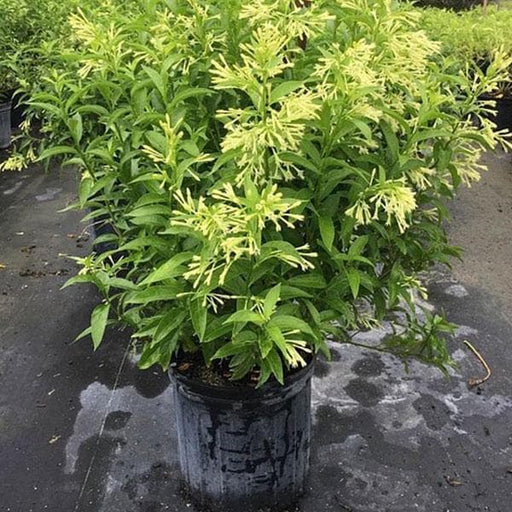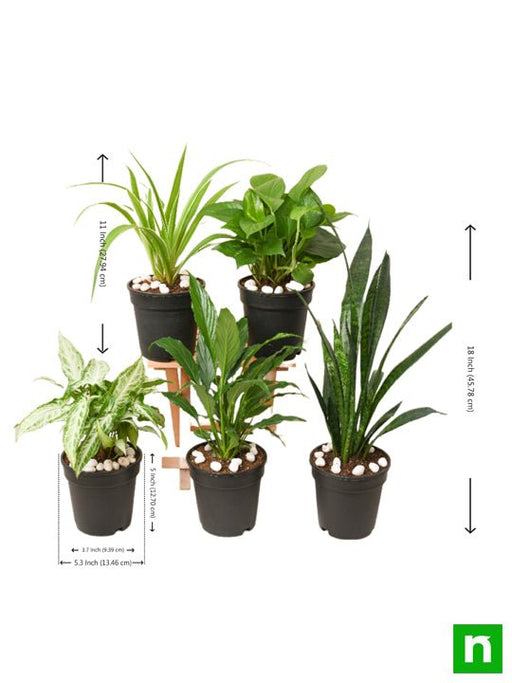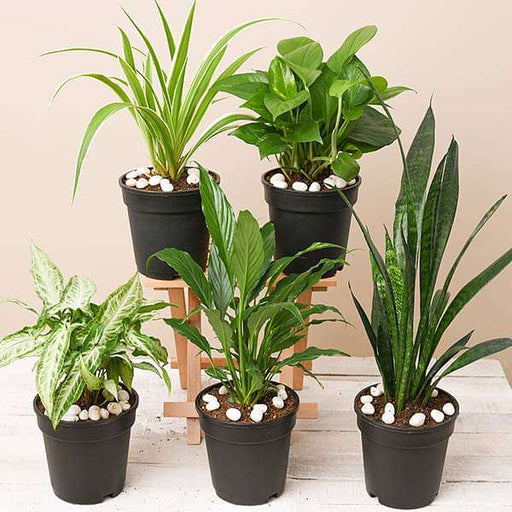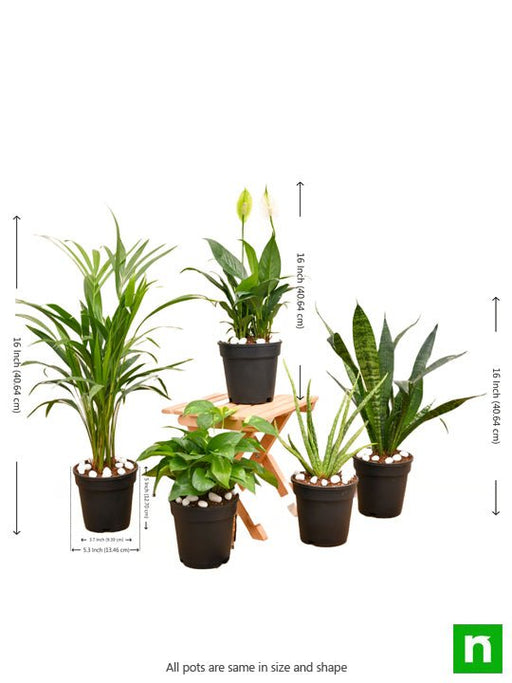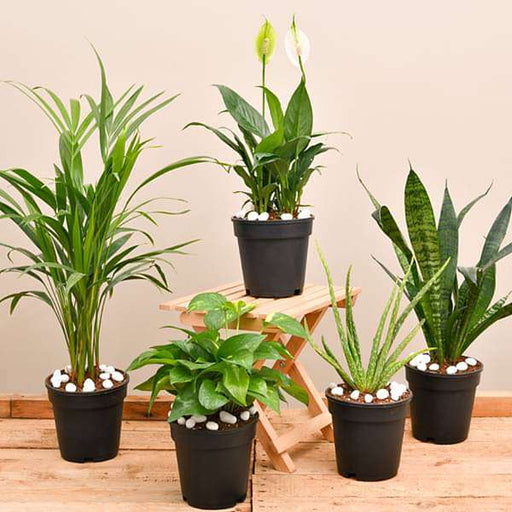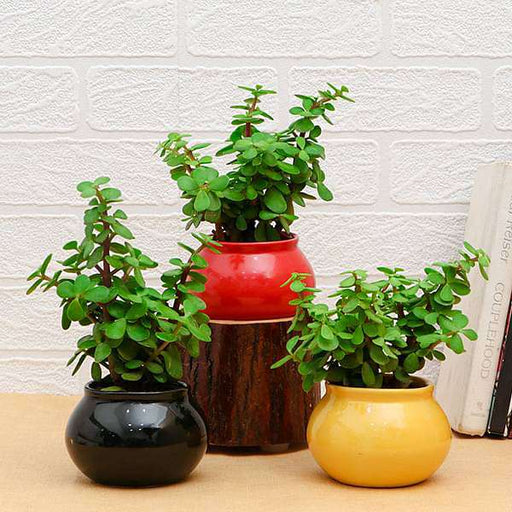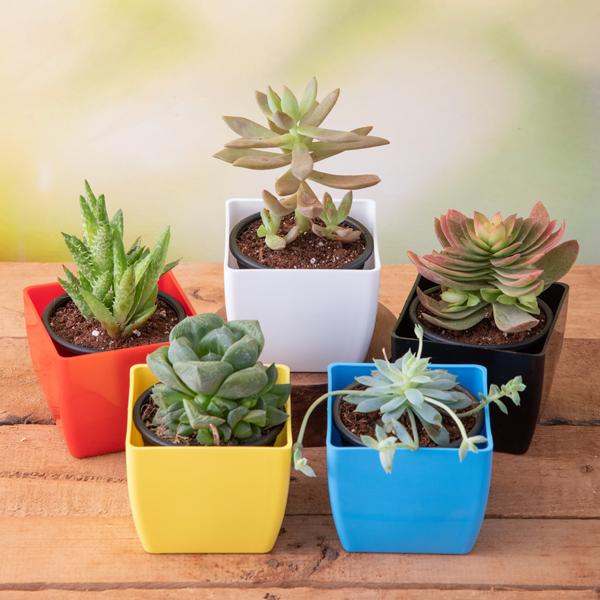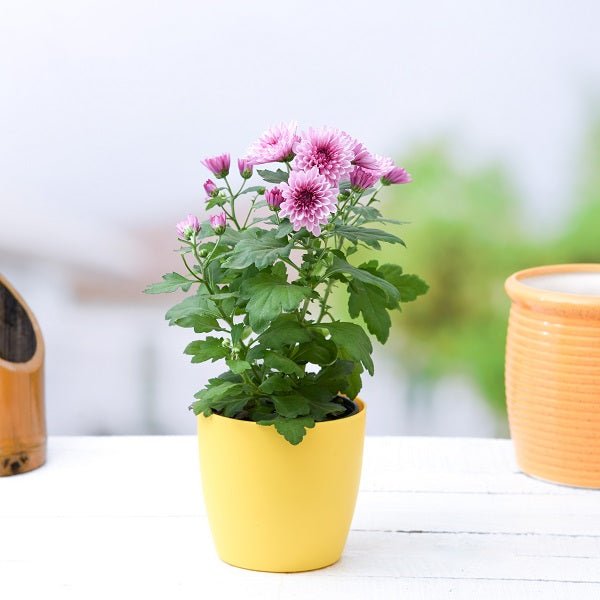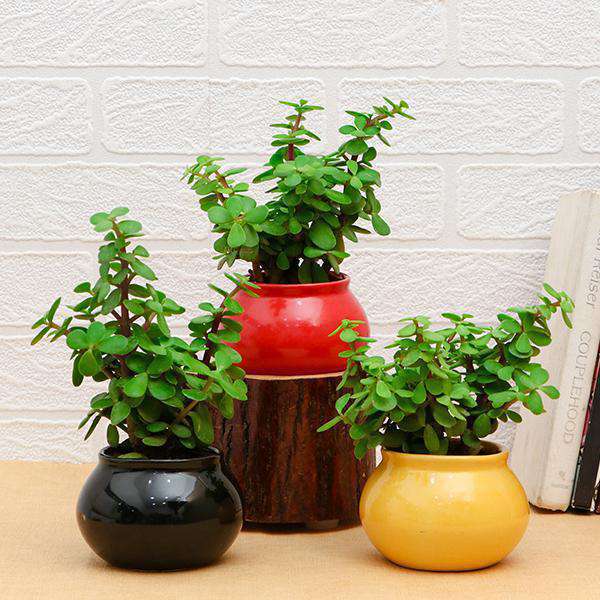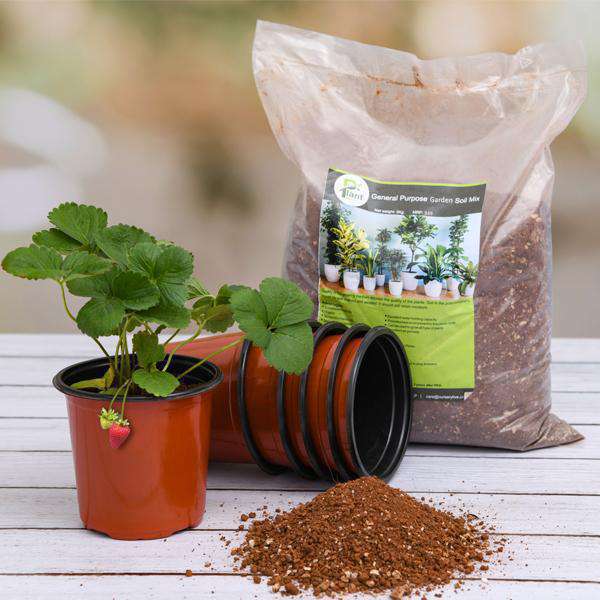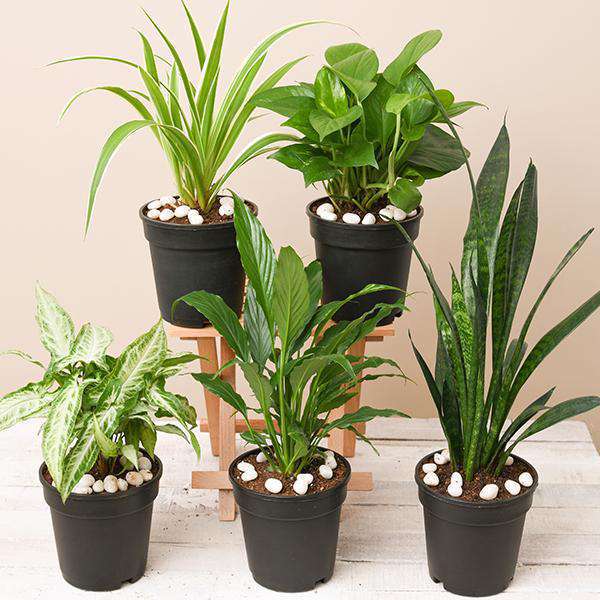Tree of Puducherry
Ah, the Tree of Puducherry, a botanical marvel that stands tall and proud in the heart of India. This tree is not just a pretty face; it’s a symbol of resilience and beauty, often associated with the rich cultural heritage of Puducherry. With its sprawling branches and lush green leaves, it offers a perfect spot for a lazy afternoon picnic or a romantic rendezvous. Plus, it’s a great conversation starter—who wouldn’t want to chat about a tree that’s practically a local celebrity?
Bilva Tree Benefits
The Bilva tree, also known as the Bael tree, is like the Swiss Army knife of the plant world. Its leaves, fruit, and bark are packed with health benefits that could make even the most skeptical health nut raise an eyebrow. From aiding digestion to boosting immunity, this tree is a natural pharmacy. And let’s not forget its spiritual significance in Hinduism, where it’s revered as a sacred offering to Lord Shiva. Talk about multitasking!
Planting Bilva Trees
you get a beautiful tree, and the planet gets a little greener.
Bilva Tree Care
Caring for a Bilva tree is like nurturing a friendship; it requires love, attention, and the occasional pep talk. These trees thrive in well-drained soil and love a good dose of sunlight. Water them regularly, but don’t drown them—think of it as a gentle shower rather than a monsoon. With a little patience and care, your Bilva tree will reward you with lush foliage and delicious fruit, making you the proud parent of a botanical superstar.
Cultural Significance of Bilva
The Bilva tree isn’t just a tree; it’s a cultural icon! In Hindu mythology, it’s believed that offering Bilva leaves to Lord Shiva can wash away sins faster than a soap commercial. This tree is often found in temples and is a staple during religious ceremonies. So, if you’re looking to add a touch of spirituality to your garden, planting a Bilva tree might just be your ticket to divine favor.
Bilva Fruit Uses
The Bilva fruit, with its unique aroma and flavor, is like the quirky cousin of the fruit family. It’s not just a pretty face; it’s packed with nutrients and can be used in a variety of culinary delights. From refreshing drinks to mouth-watering desserts, the Bilva fruit is a versatile ingredient that can elevate your cooking game. Plus, it’s a great conversation starter at dinner parties—“Have you ever tried Bilva fruit?”
Bilva Leaves in Ayurveda
In the world of Ayurveda, Bilva leaves are the rock stars of herbal medicine. They’re known for their cooling properties and are often used to treat digestive issues and respiratory ailments. If you’re feeling under the weather, a cup of Bilva leaf tea might just be the herbal hug you need. Plus, they’re easy to incorporate into your daily routine—just brew, sip, and feel fabulous!
Bilva Tree in Landscaping
Looking to add a touch of elegance to your garden? The Bilva tree is your go-to landscaping hero. With its striking appearance and lush foliage, it can transform any dull space into a vibrant oasis. Plus, it provides shade, making it the perfect spot for a hammock or a cozy reading nook. Your neighbors will be green with envy as they admire your botanical masterpiece.
Bilva Tree and Wildlife
The Bilva tree is not just a friend to humans; it’s a wildlife haven! Birds, bees, and butterflies flock to this tree, making it a bustling hub of activity. By planting a Bilva tree, you’re not just beautifying your garden; you’re creating a sanctuary for local wildlife. It’s like hosting a party where everyone is invited—nature’s very own social gathering!
Bilva Tree Myths
Every tree has its tales, and the Bilva tree is no exception. From legends of its divine origins to stories of miraculous healing, the Bilva tree is steeped in folklore. These myths add a layer of enchantment to this already fascinating tree. So, the next time you admire a Bilva tree, remember that you’re gazing at a living legend, steeped in history and mystery.
Bilva Tree and Sustainability
In an age where sustainability is the name of the game, the Bilva tree is a champion of eco-friendliness. By planting and nurturing this tree, you’re contributing to biodiversity and helping combat climate change. It’s like being a superhero for the planet, one tree at a time. So, roll up your sleeves, dig that hole, and let’s save the world—one Bilva tree at a time!
